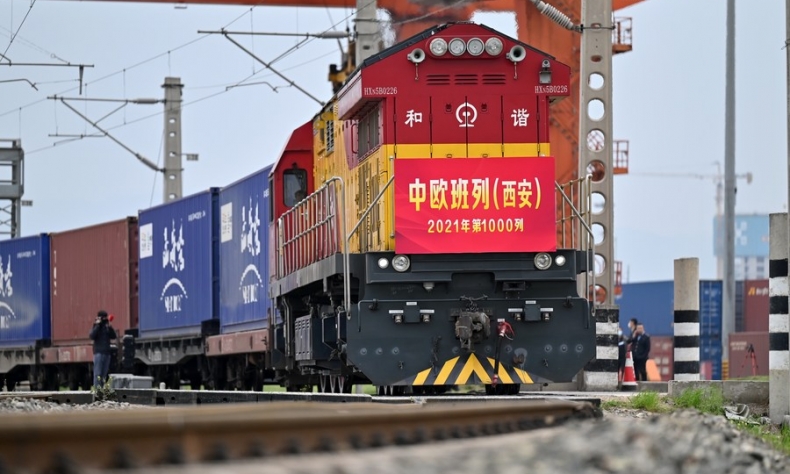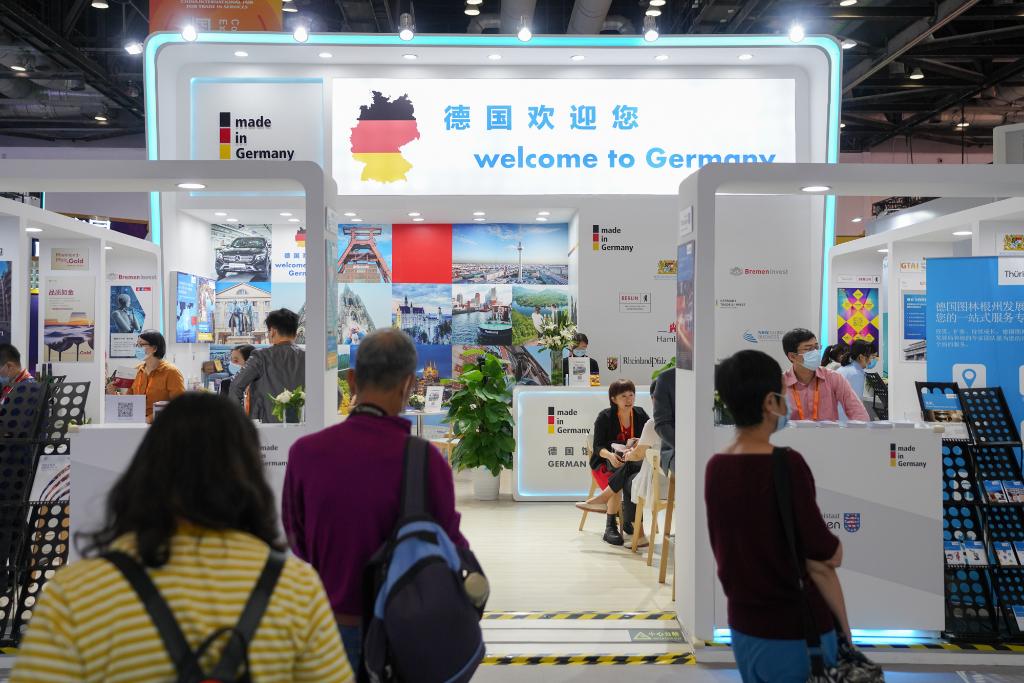Synergies Are Always Possible

China and the EU do not envisage a world where their differences would cease to exist. What they are striving to achieve is a framework of common understanding that will allow synergies towards common prosperity.
China and the EU have made important steps in the spirit of cooperation in the post-Cold War era. However, the international environment is not static. Unexpected developments disrupt continuity and require fast, occasionally unprecedented responses. The outbreak of the COVID-19 pandemic seriously impacted Sino-European relations. People-to-people exchanges, a central pillar in this relationship, had to stop, often inciting misunderstanding and problems in public discourse. Most meetings between Chinese and European leadership, including their recent 23rd bilateral Summit, take place via videoconference. Participants can no longer visit the other side, while educational partnerships only continue in the digital sphere.
Additionally, the ongoing war in Ukraine challenges our values and also raises questions as to what support China and EU will provide. Stability and peace are no longer taken for granted. Although the prism through which China and the EU are looking at the conflict is different, they both share a common interest in seeing an end to the hostilities. Of course, their role in shaping or influencing a ceasefire will have its limits since neither actor is one of the belligerent parties. Notwithstanding existing limits, good coordination should help facilitate difficult efforts to address the crucial humanitarian and refugee problem. It also has the potential of reducing the risk of a global economic crisis.
In spite of turbulent times, the economic collaboration between China and the EU is progressing harmoniously. According to Eurostat, China was the third largest partner for EU exports of goods and the largest partner of EU imports of goods last year. In particular, EU exports to China reached €223.3 billion in 2021 compared to €202.8 billion in 2020 and €198.5 billion in 2019. EU imports from China amounted to €472.2 billion in 2021 in comparison to €385.1 billion in 2020 and €363.5 billion in 2019.

Germany, the leading European economy, has witnessed deepening trade interaction with China in recent years. German statistics show that German exports to China were €95.98 billion in 2019, €95.84 billion in 2020, and €103.64 billion in 2021. Imports were €110 billion in 2019, €117.3 billion in 2020, and €141.73 billion in 2021. A similar trend has been seen in other big EU countries. In France, for example, exports to China reached €24.4 billion in 2021, a 5% rise from 2020. And imports increased to €63.8 billion in 2021, a 10.7% increase from 2020. In Italy, exports to China amounted to €15.6 billion in 2021, 22.1% higher than last year. Meanwhile, imports were €38.5 billion, 19.4% higher than last year.
Trade numbers showcase the resilience of globalization in a world that constantly changes but does not abandon its interconnective nature. This is certainly encouraging for the future of Sino-European relations, which have been affected not only by the COVID-19 pandemic and the crisis in Ukraine but also by political and ideological disagreements. The freezing of the Comprehensive Agreement on Investment (CAI) remains the prime example.
China and the EU do not envisage a world where their differences would cease to exist. What they are striving to achieve is a framework of common understanding that will allow synergies towards common prosperity. Trade is the driving force, accompanied by investments. The opportunity for more joint actions does not stop here, and goes beyond the continents of Asia and Europe. Cooperation in meeting UN Sustainable Development Goals, above all in Africa, ought to be a moral responsibility for both parties. A less safe planet will damage their interests in the long-term. On the contrary, a more prosperous and peaceful planet will serve these interests, even if competition intensifies.
 Facebook
Facebook
 Twitter
Twitter
 Linkedin
Linkedin
 Google +
Google +










